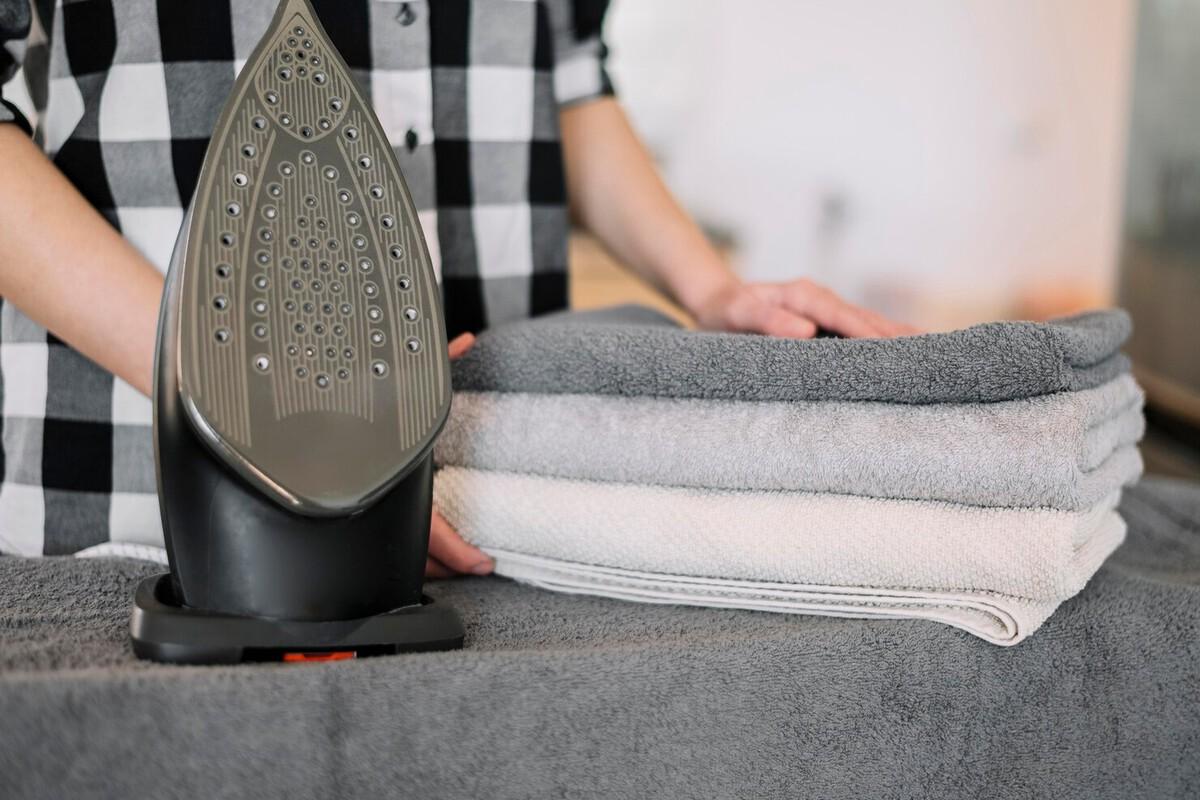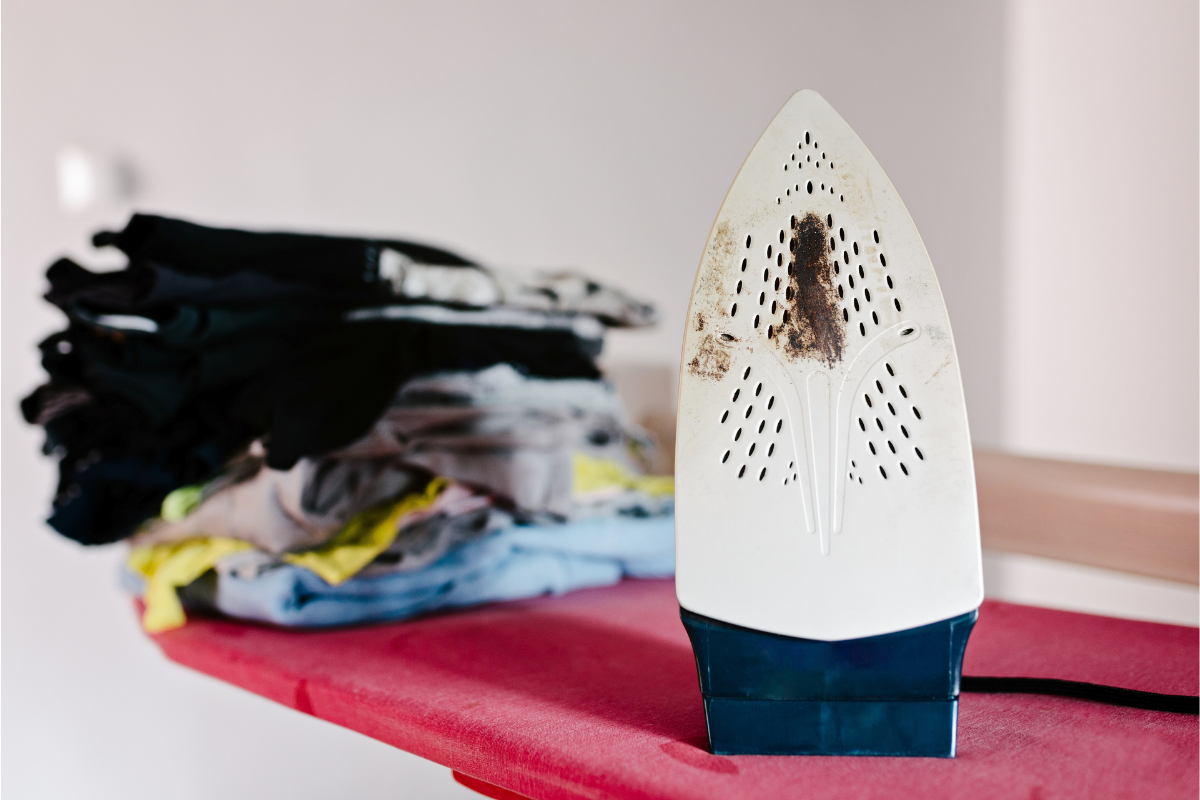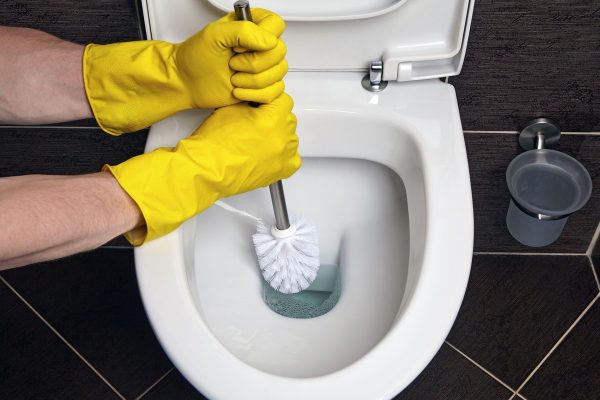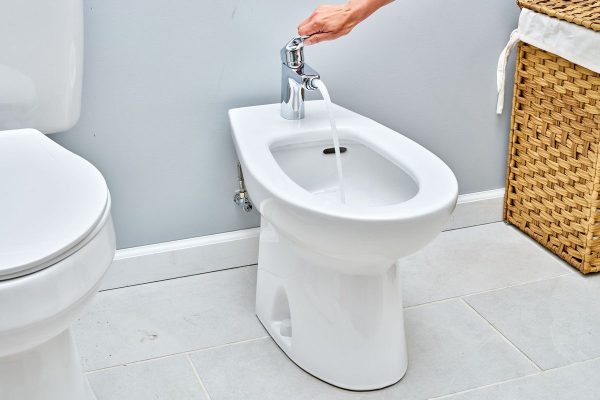How to clean a burnt iron so that it looks like new: step by step guide to removing black marks.
Keeping your clothes spotless doesn’t just depend on how you wash or dry them, but also on the tool you use to give them the finishing touch. The iron is key to achieving a perfect finish, but with use, it is common for the soleplate to accumulate residue that ends up making it difficult to glide.
When this happens, the dreaded dark or sticky stains appear, which can even transfer to your clothes. As well as being unsightly, these marks reduce the effectiveness of the steam, forcing you to go over the same area several times and putting delicate fabrics at risk.
The good news is that there are simple methods to restore your iron to its original appearance and extend its useful life. The key is to identify the type of dirt and apply the appropriate technique to make the soleplate clean and free of black marks again.
STEP 1: IDENTIFY THE TYPE OF MATERIAL AND DIRT
The first step before cleaning is to know what type of surface and dirt you are dealing with. Irons can have stainless steel, ceramic or Teflon soleplates. Each material responds differently: steel soles are resistant but easily accumulate starch residue; ceramic soles glide well but are scratched by abrasive products; and Teflon soles, which are more delicate, require gentle cleaning so as not to damage their coating.
It is also important to look at the source of the stains. They are often caused by burnt fibres, the result of ironing a garment at too high a temperature; sometimes whitish limescale deposits appear if tap water is used instead of distilled water; and in some cases, the culprits are starches or starchers that leave sticky residues on the soleplate. Identifying the problem properly prevents it from getting worse and helps you choose the most effective technique.

STEP 2: CHOOSE THE MOST APPROPRIATE METHOD
There are several safe and accessible ways to restore your iron to its original condition. One of the most popular is the hot vinegar and salt method, which is especially useful for recent stains. This involves heating the iron to a low or medium temperature, unplugging it and, using the residual heat, gently rubbing the soleplate with a cotton cloth dampened with white vinegar and sprinkled with coarse salt. Circular movements allow the vinegar to remove the residue while the salt acts as a gentle abrasive. Then, simply remove the residue with another clean cloth and leave to dry.
When the dirt is more ingrained, cold bicarbonate paste is very effective. Simply mix two tablespoons of bicarbonate of soda with a little water, apply the paste to the cold sole, leave it to work for a few minutes and remove it with a damp cloth. It is an economical and environmentally friendly method that cleans thoroughly without damaging the surface.
For those looking for a quick solution, commercial cleaners specifically designed for irons are a convenient alternative. They come in liquid, bar or impregnated wipe formats and are designed to effectively dissolve residues without damaging the soleplate. However, it is important to always follow the manufacturer’s instructions and use them with gloves and in well-ventilated areas.
WHAT MISTAKES TO AVOID AND HOW TO KEEP IT LOOKING LIKE NEW
Cleaning an iron does not seem complicated, but it is easy to make mistakes that end up damaging it. The experts at Washrocks warn of the most common ones: using metal scouring pads that scratch the soleplate, applying too much water that can seep into the internal components, or neglecting the steam holes, which become clogged with limescale and starch residue.
The best strategy is prevention: clean the iron regularly—once a month if used frequently—opt for distilled water in steam models, always empty the tank after each use, and store it upright with the soleplate cool and clean. A simple damp cloth wiped over the iron at the end of ironing can make all the difference in preventing residue build-up.





